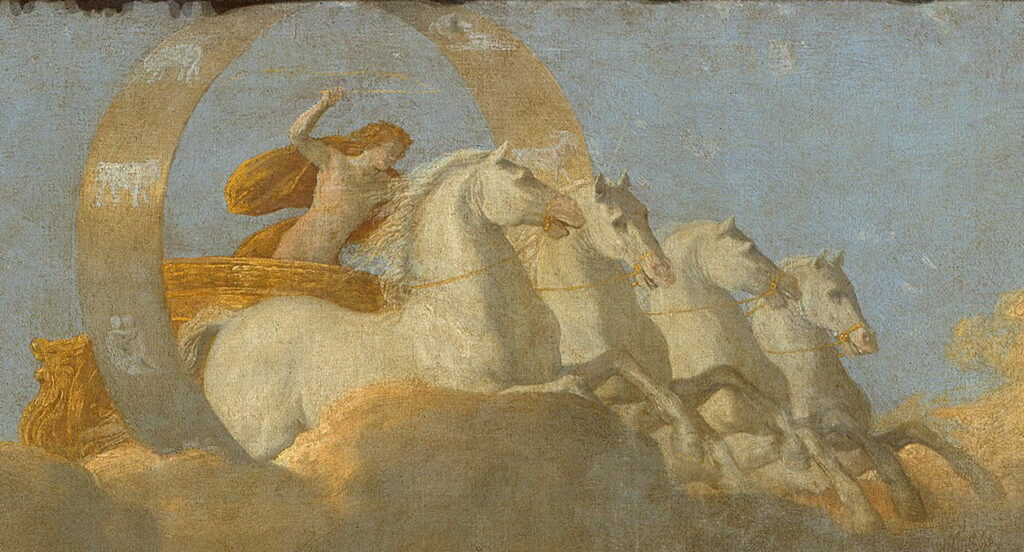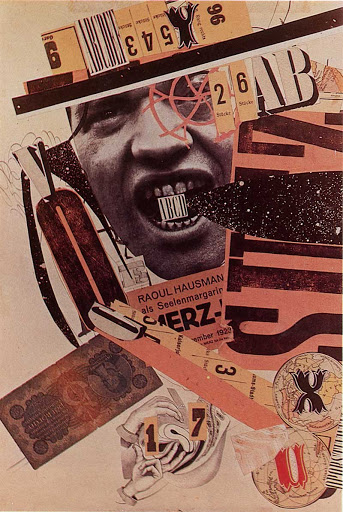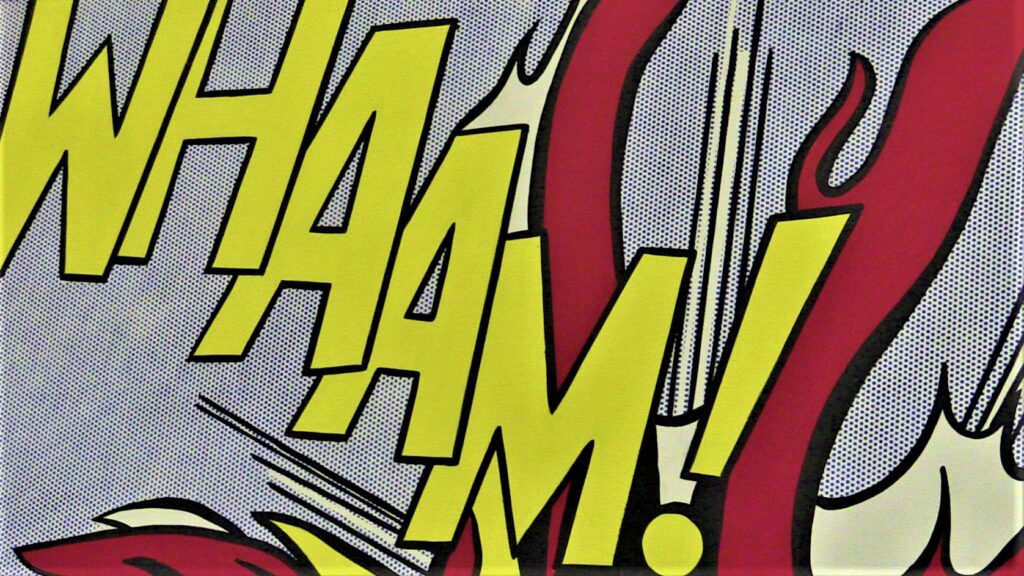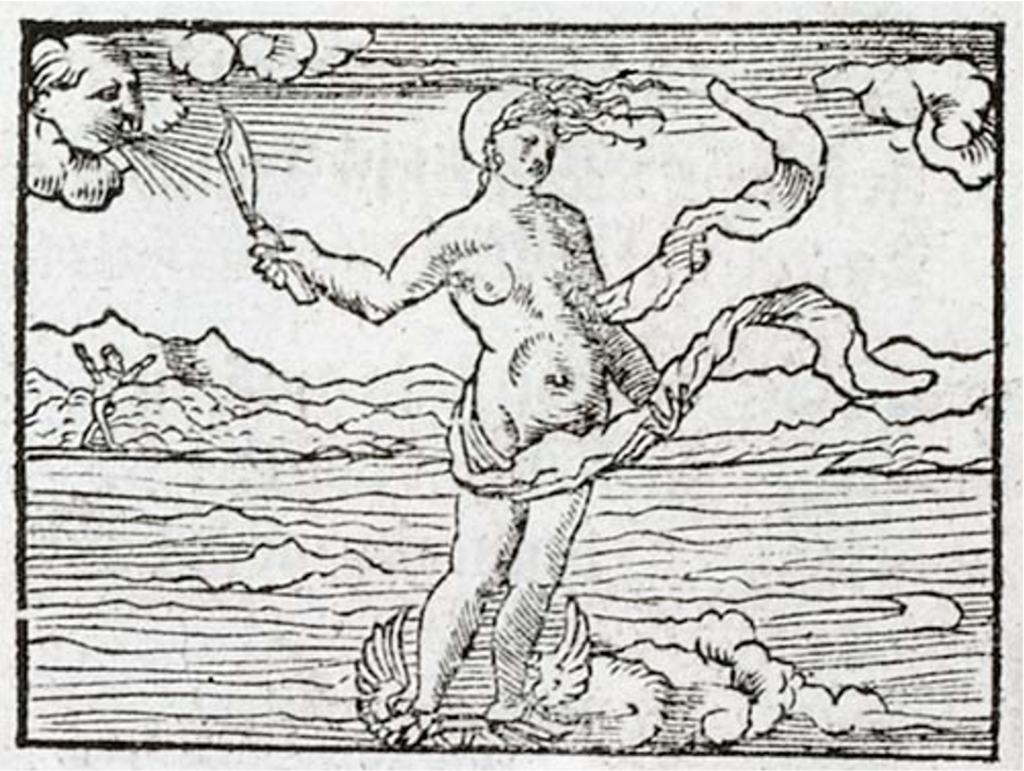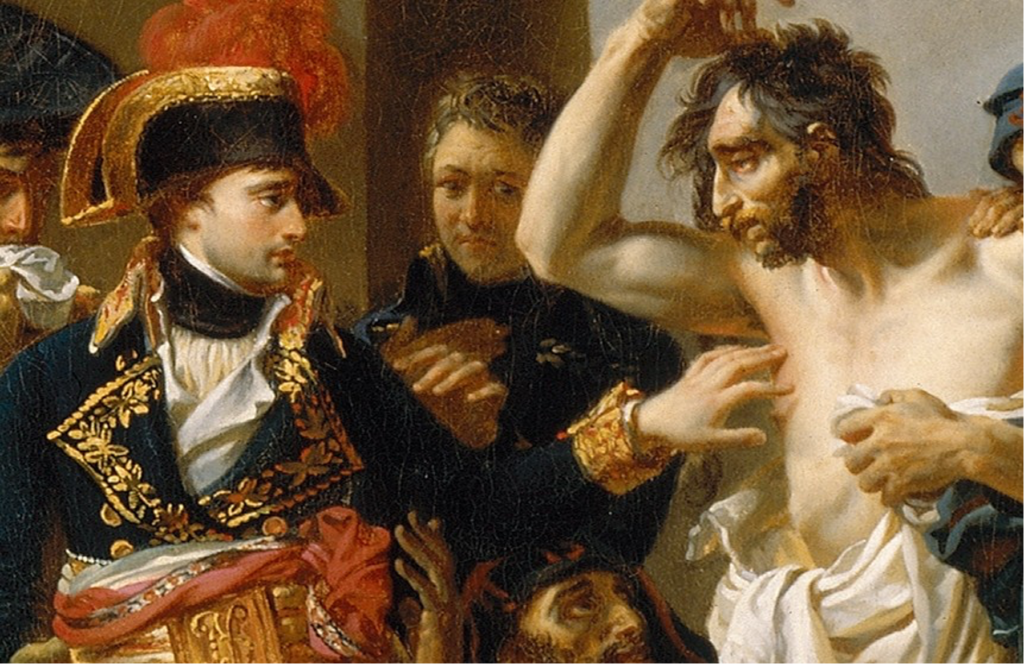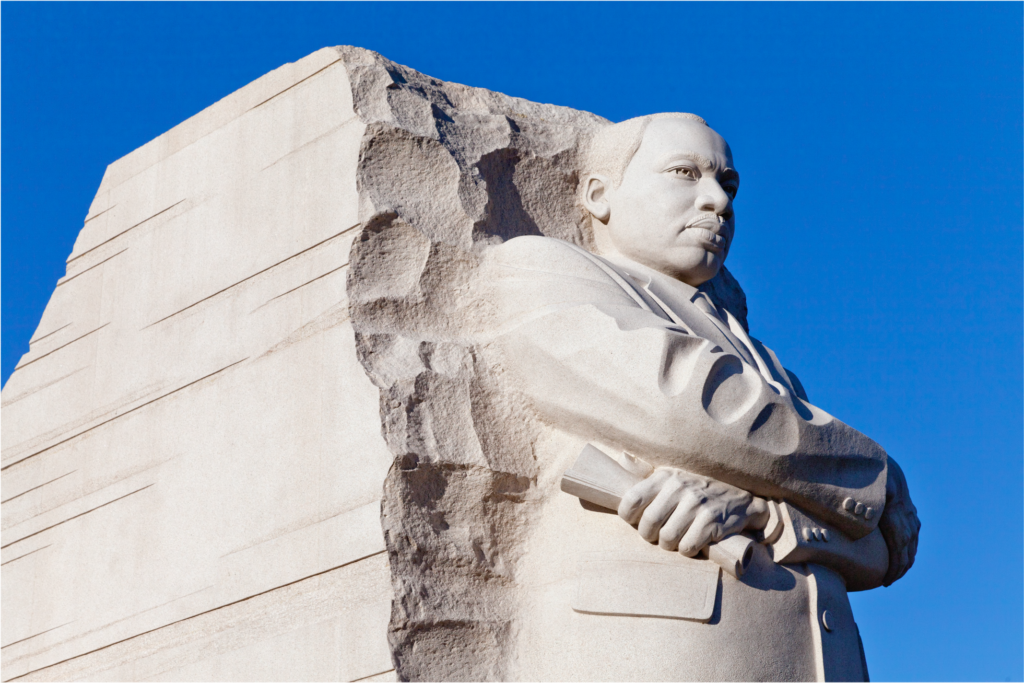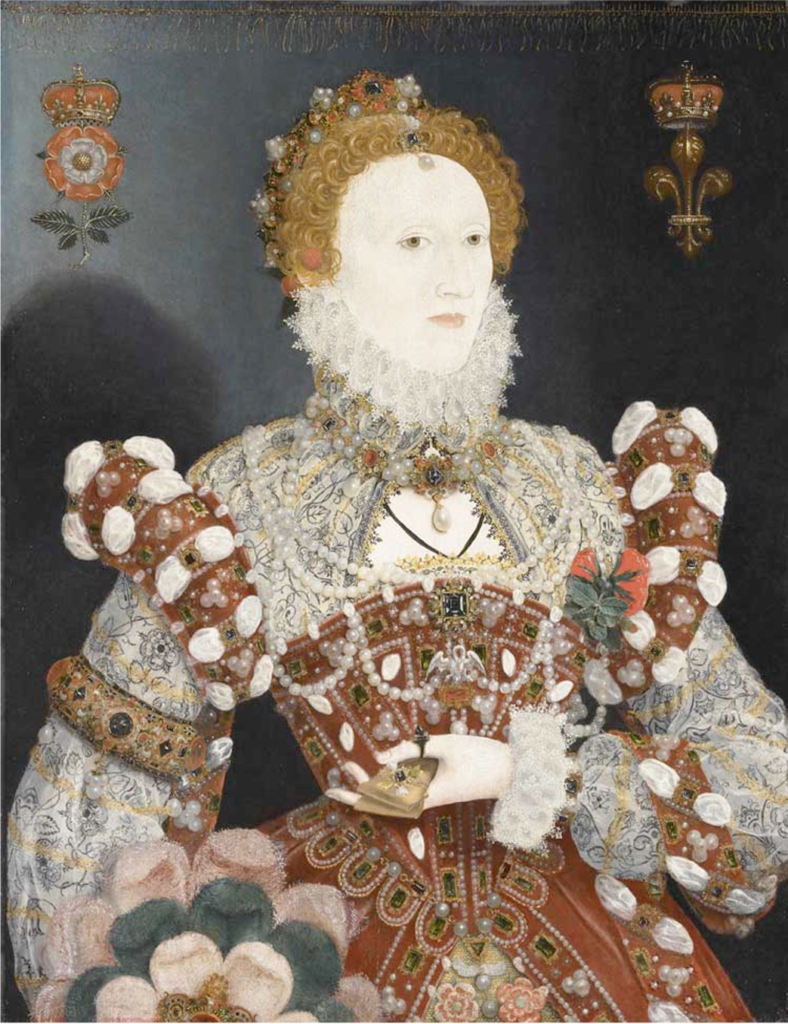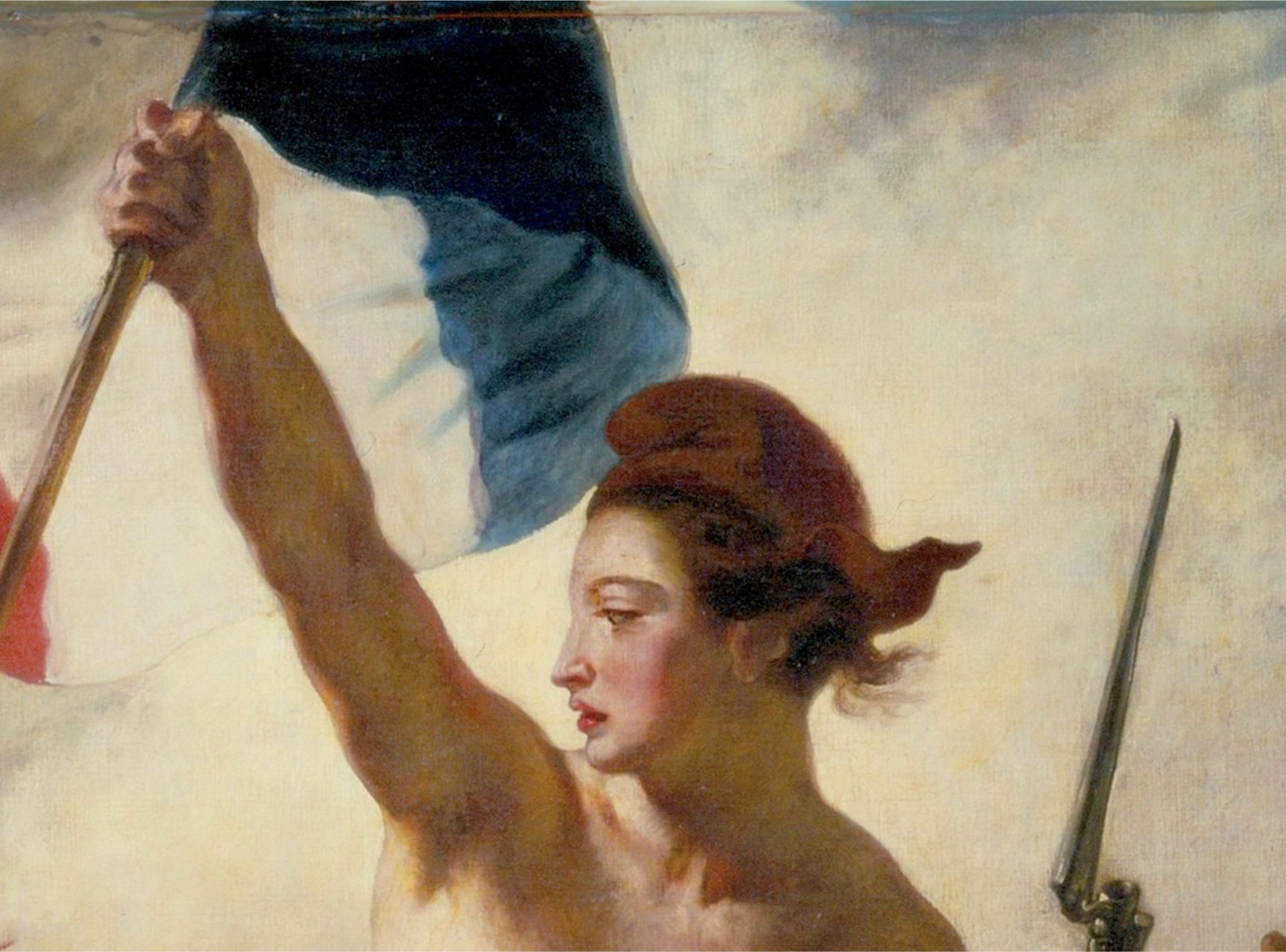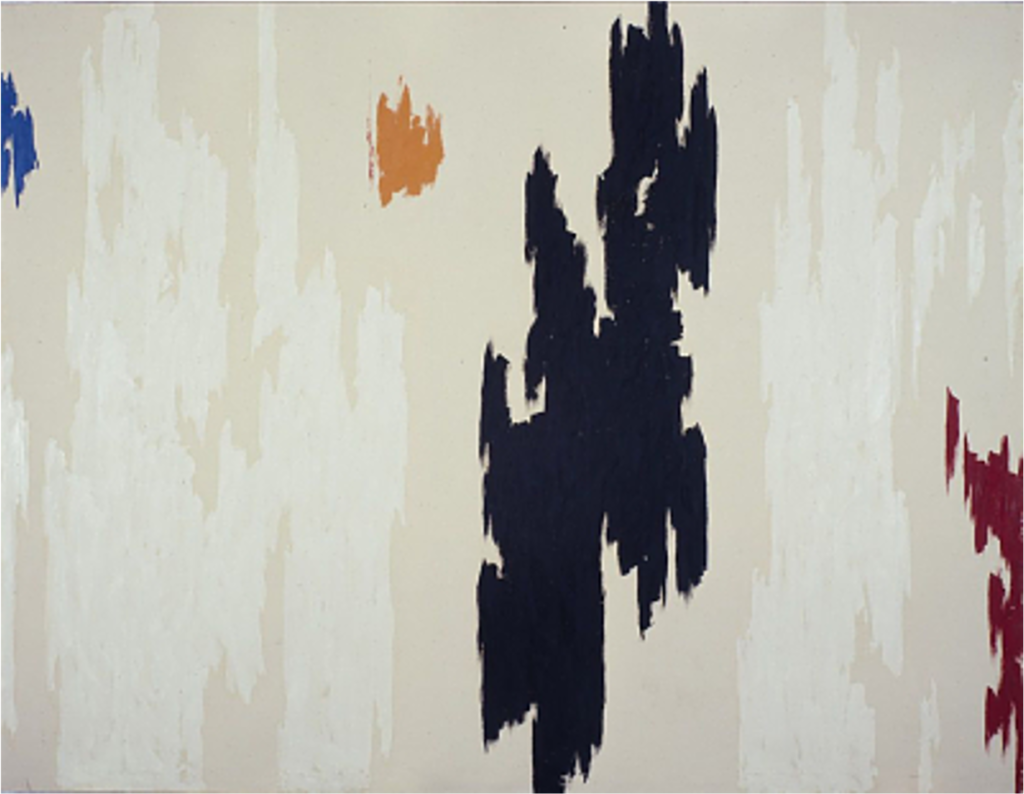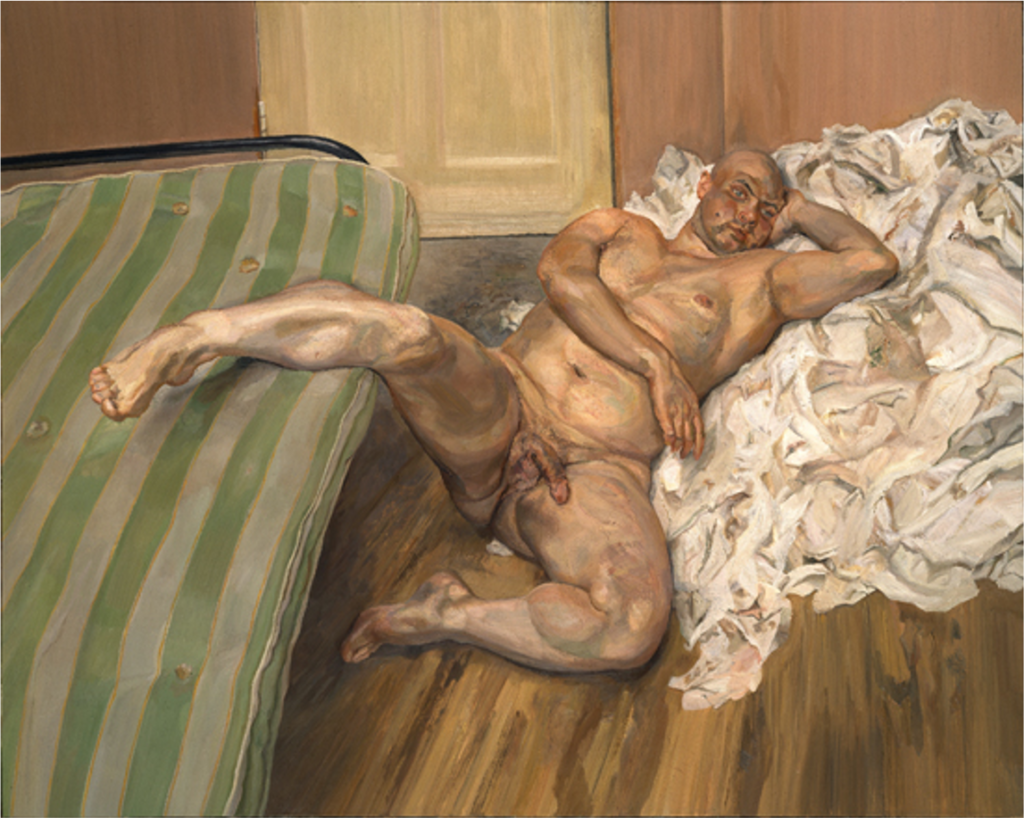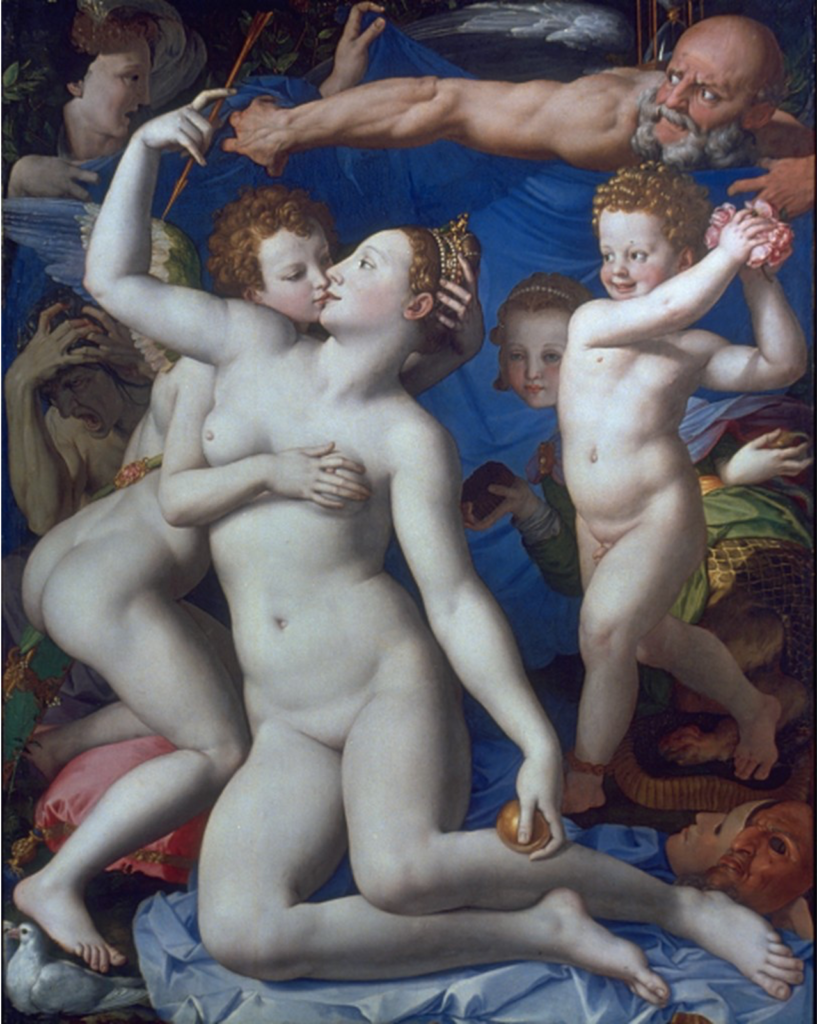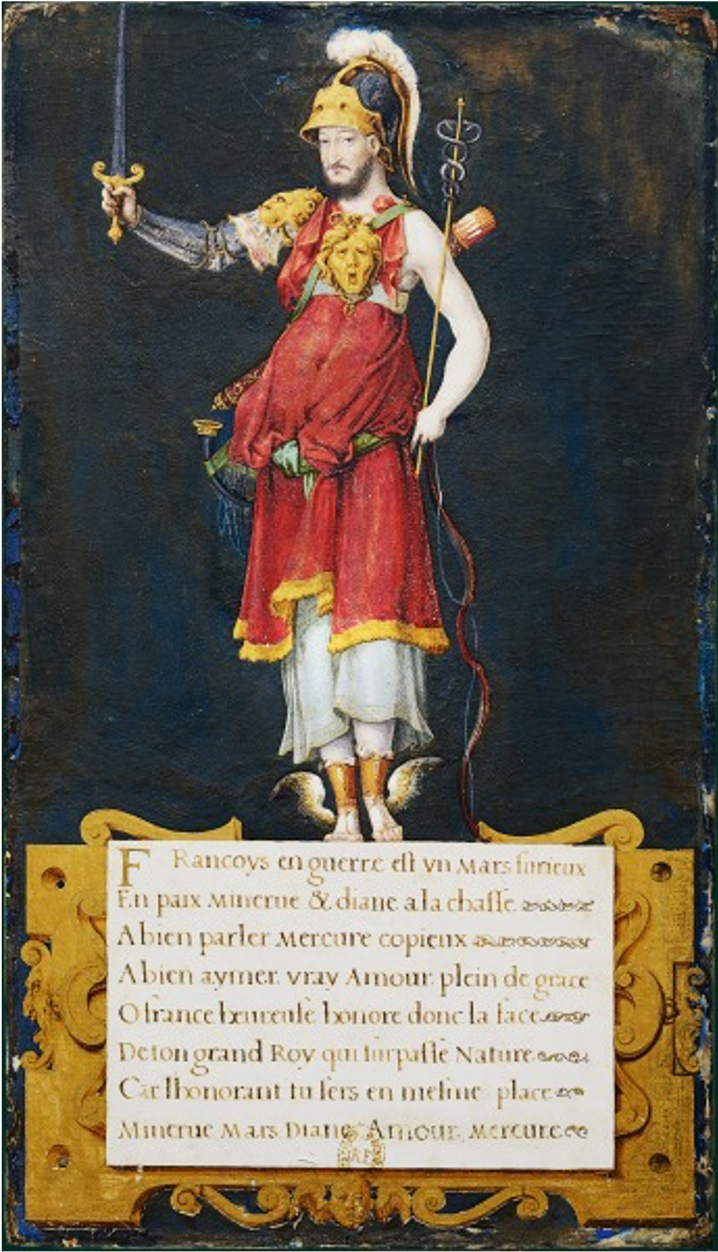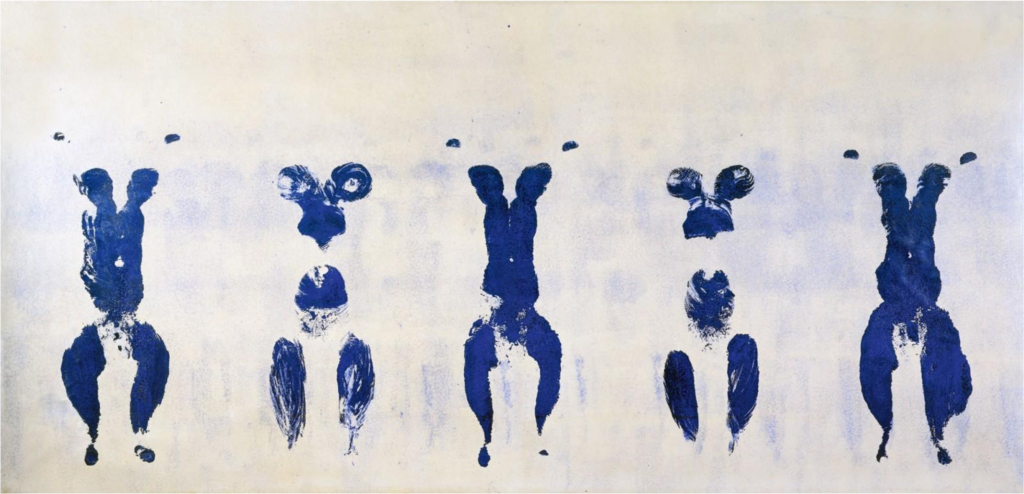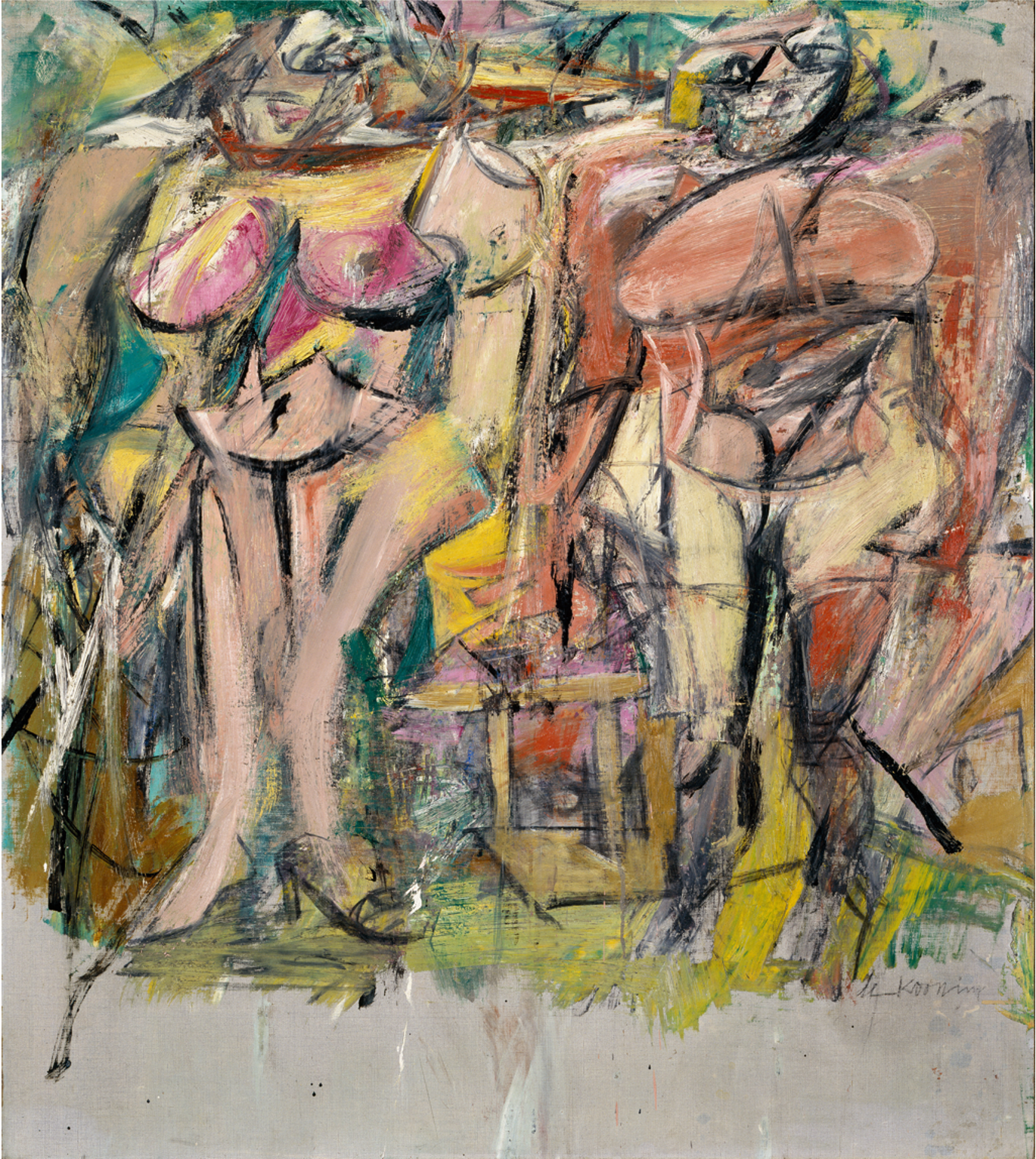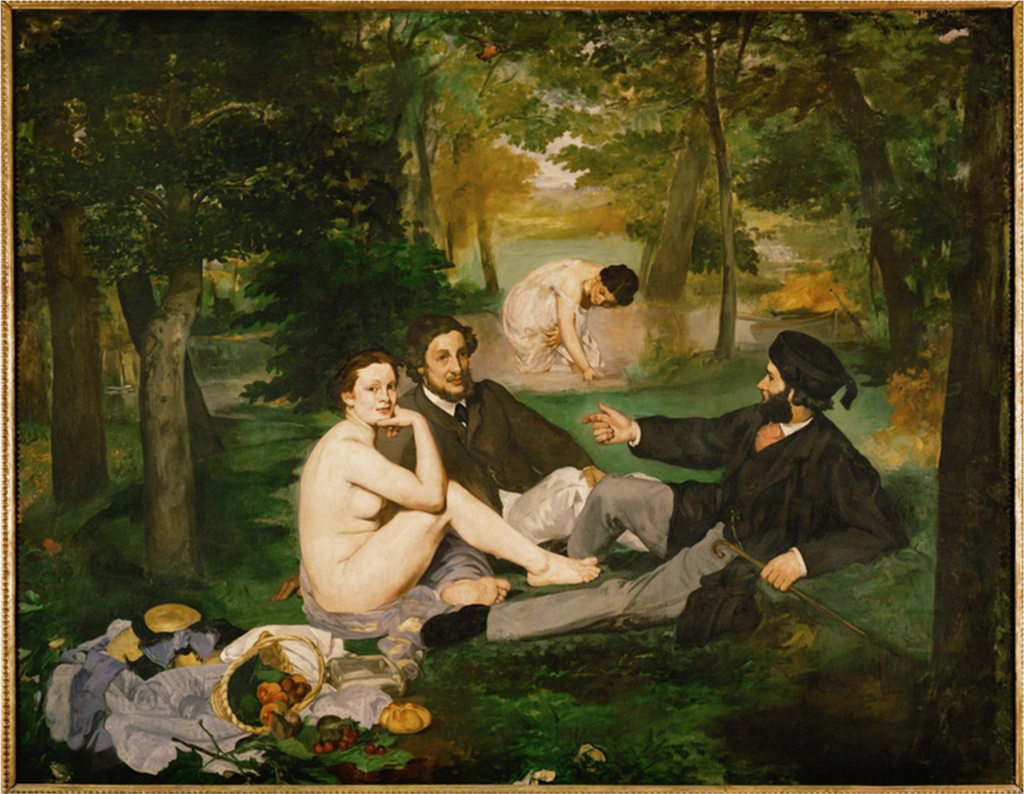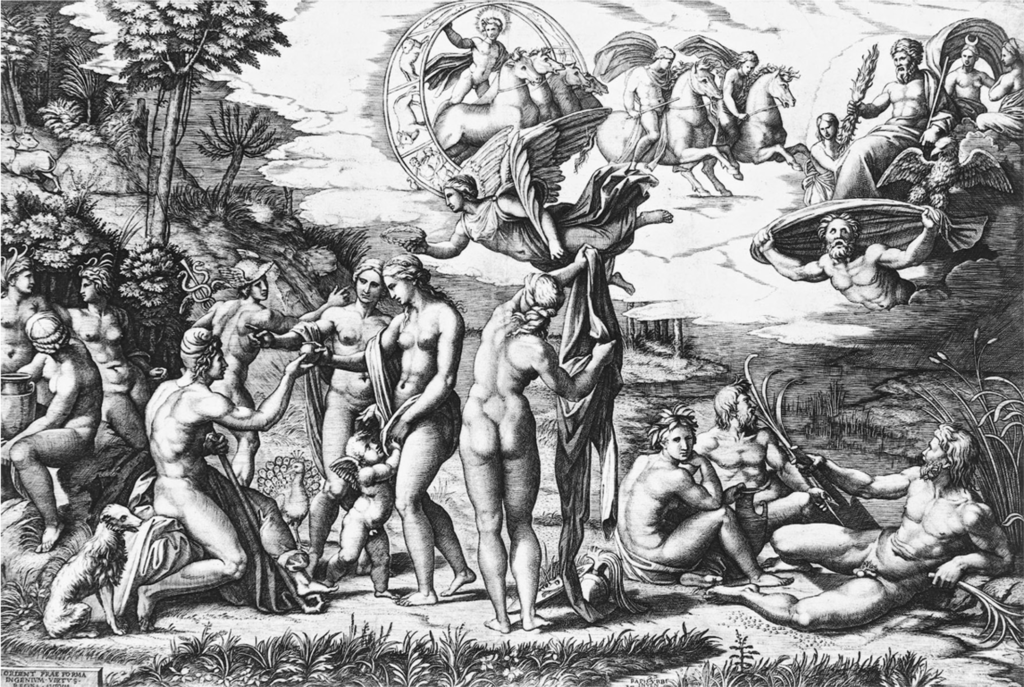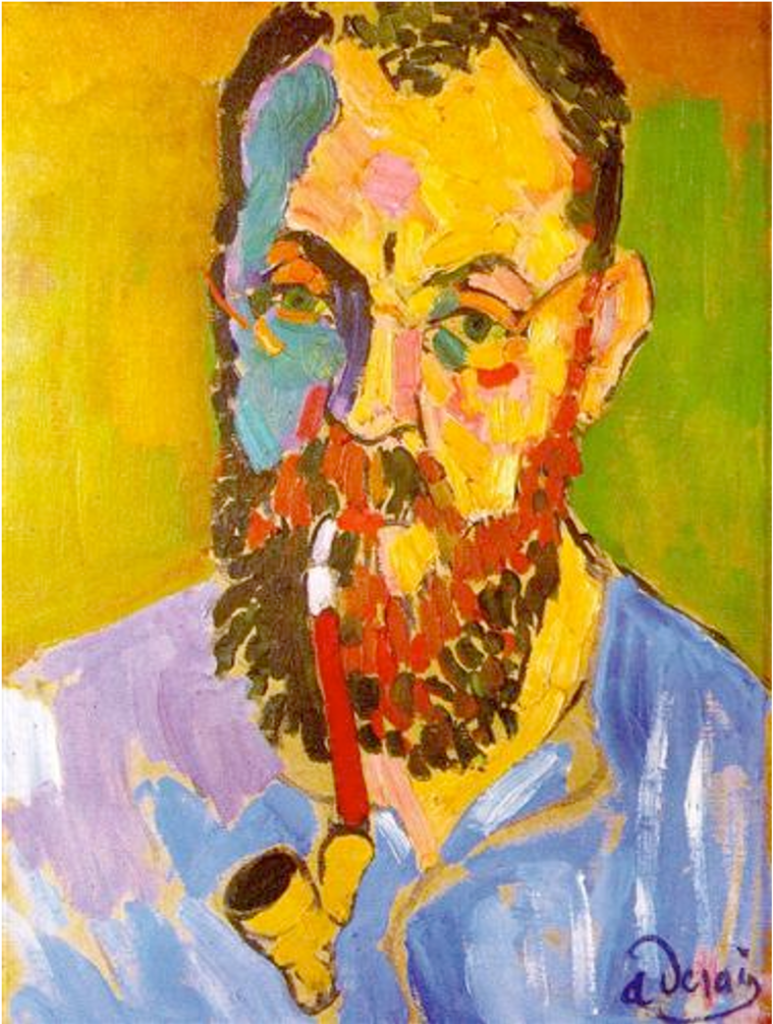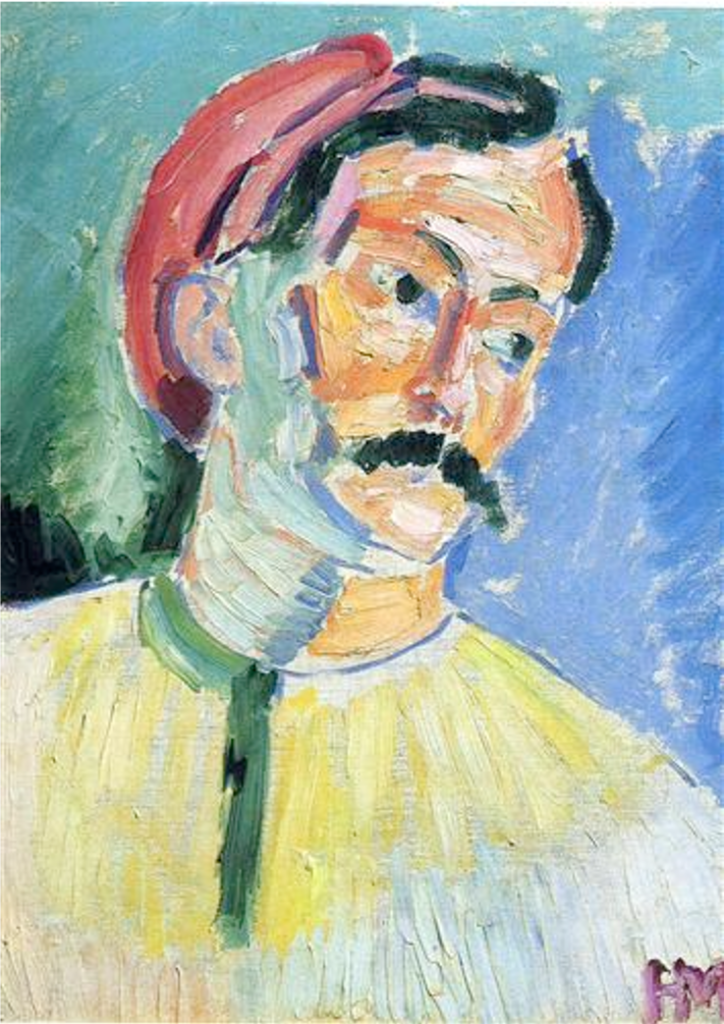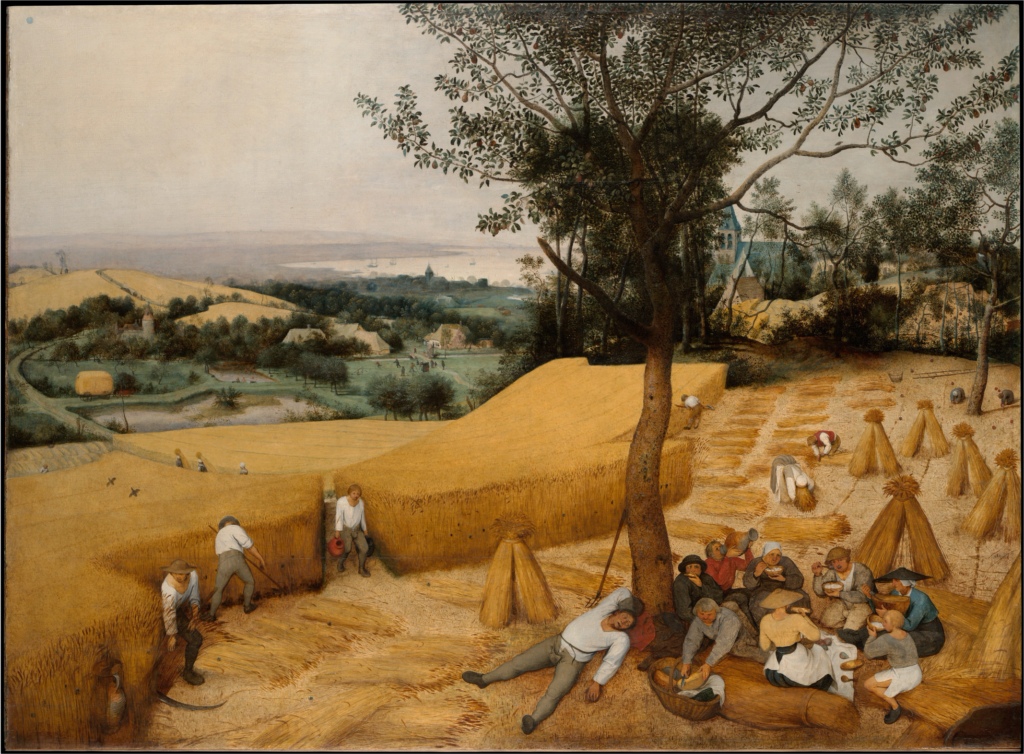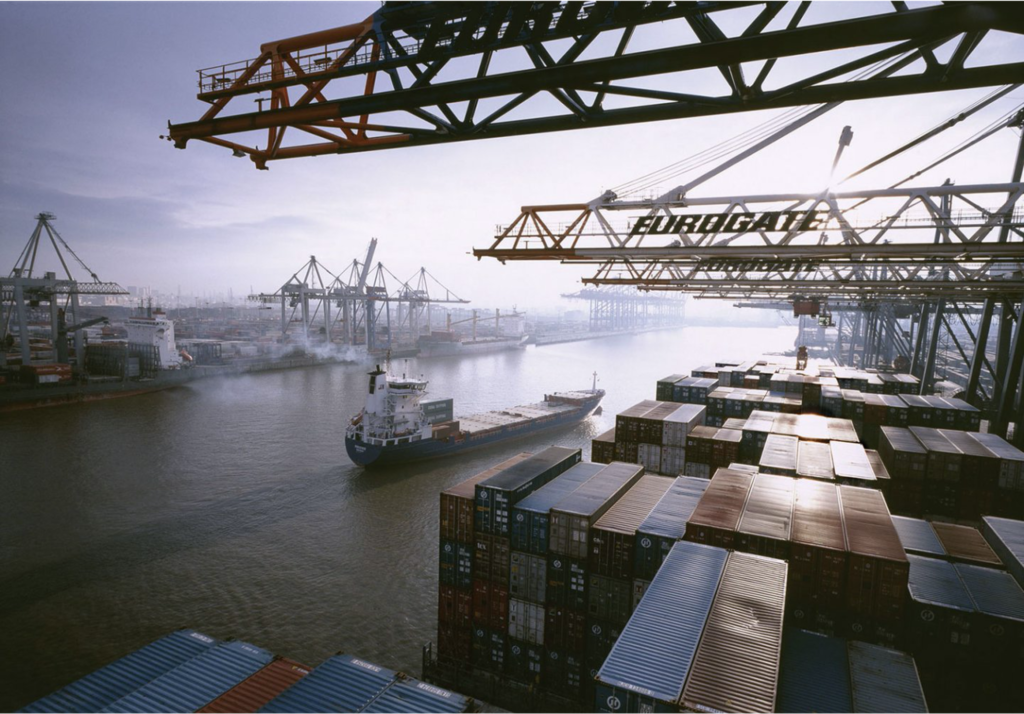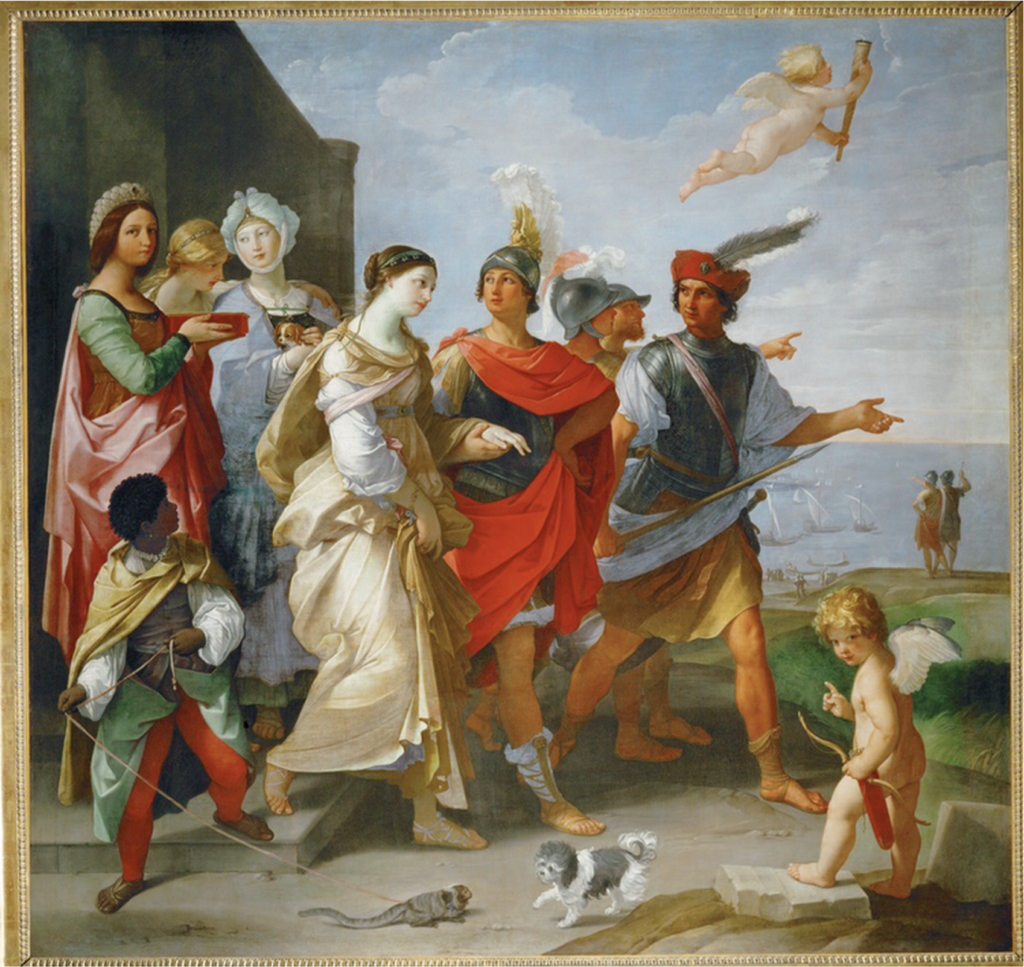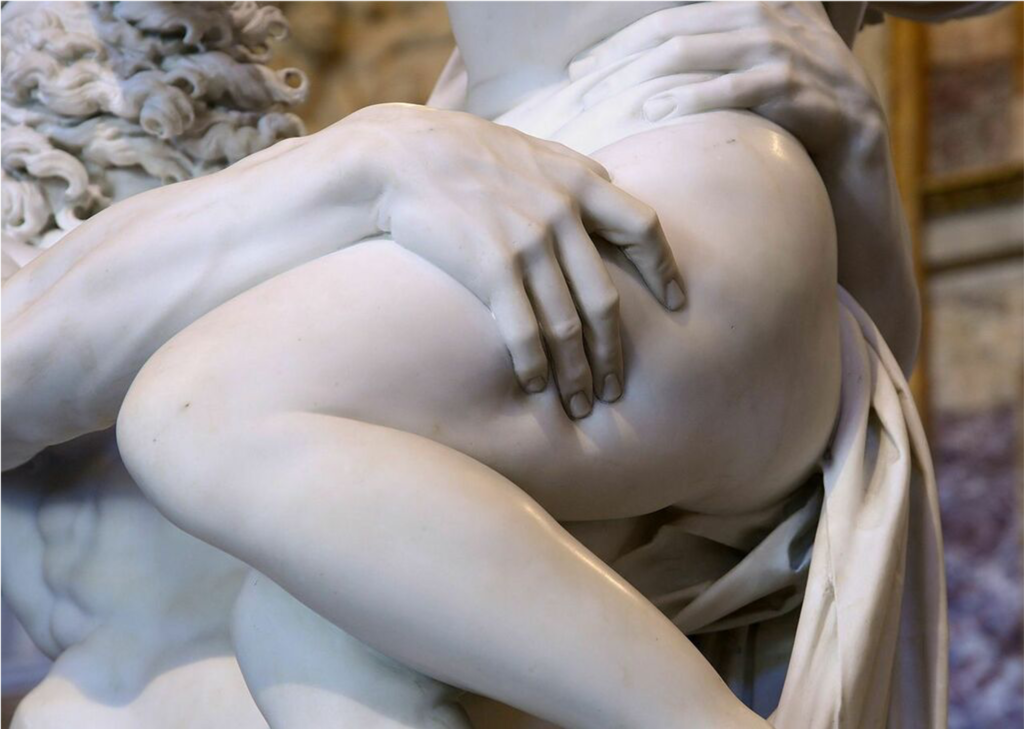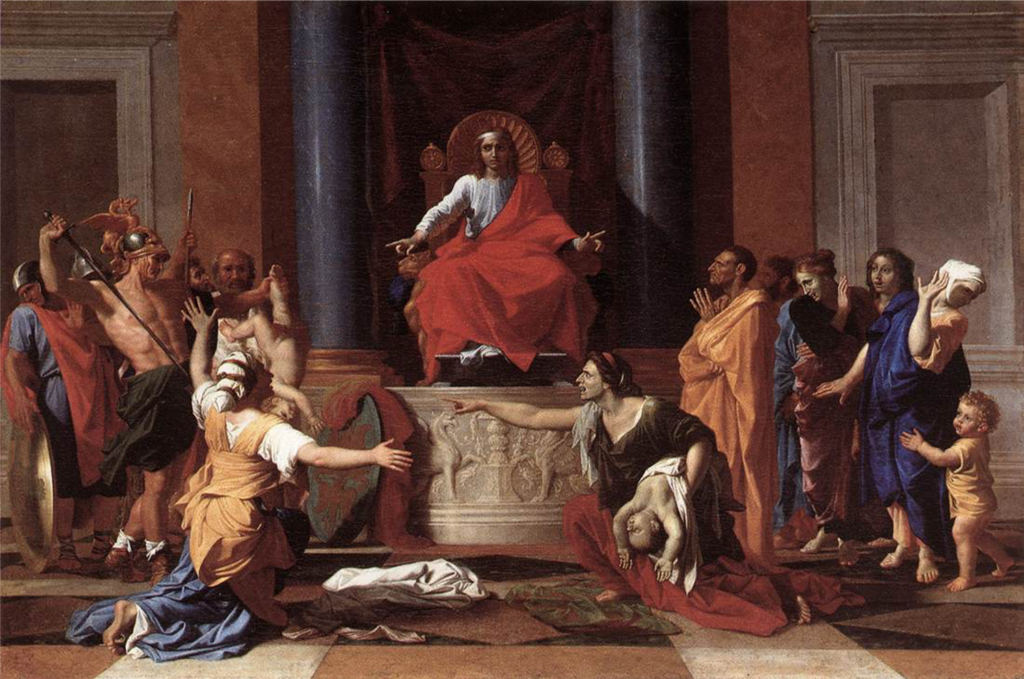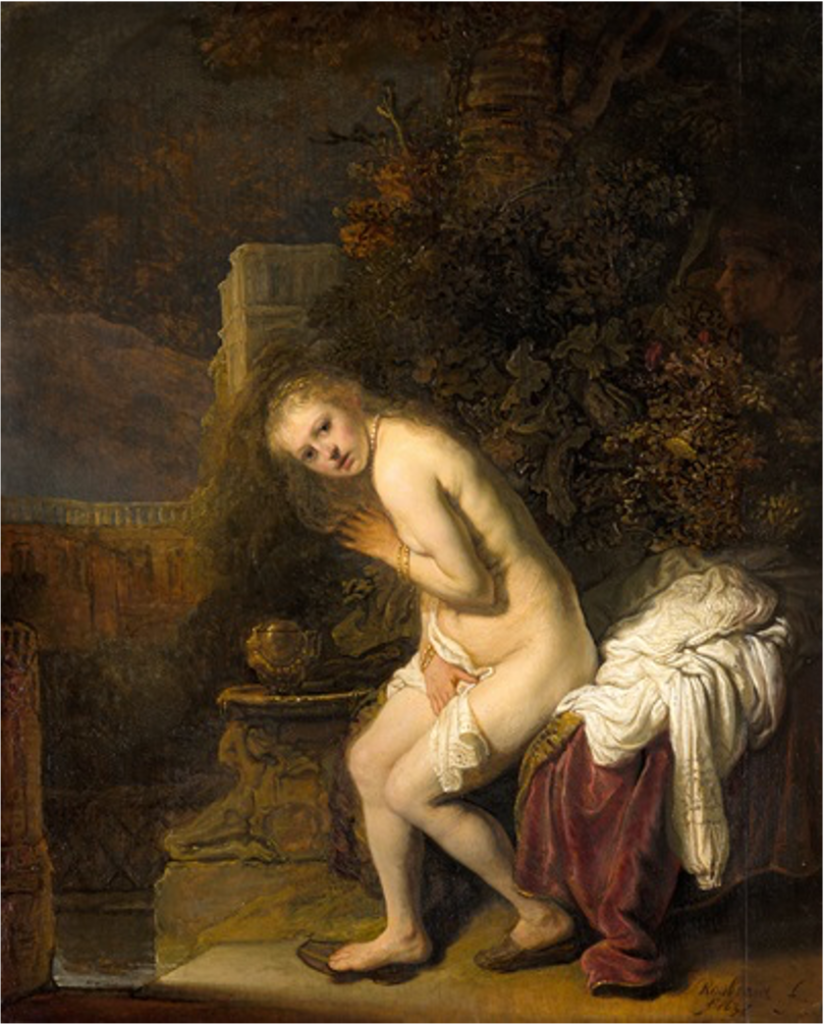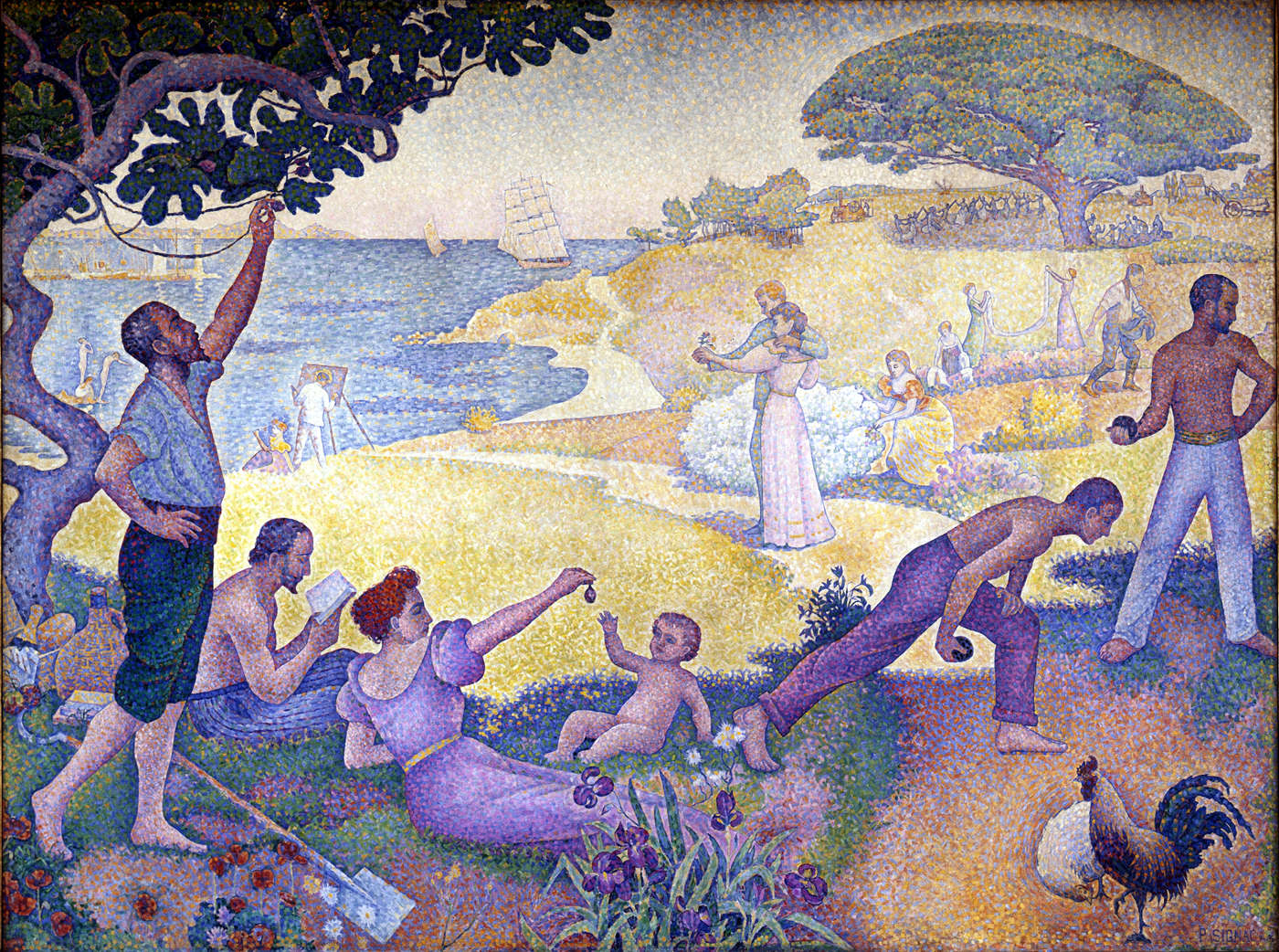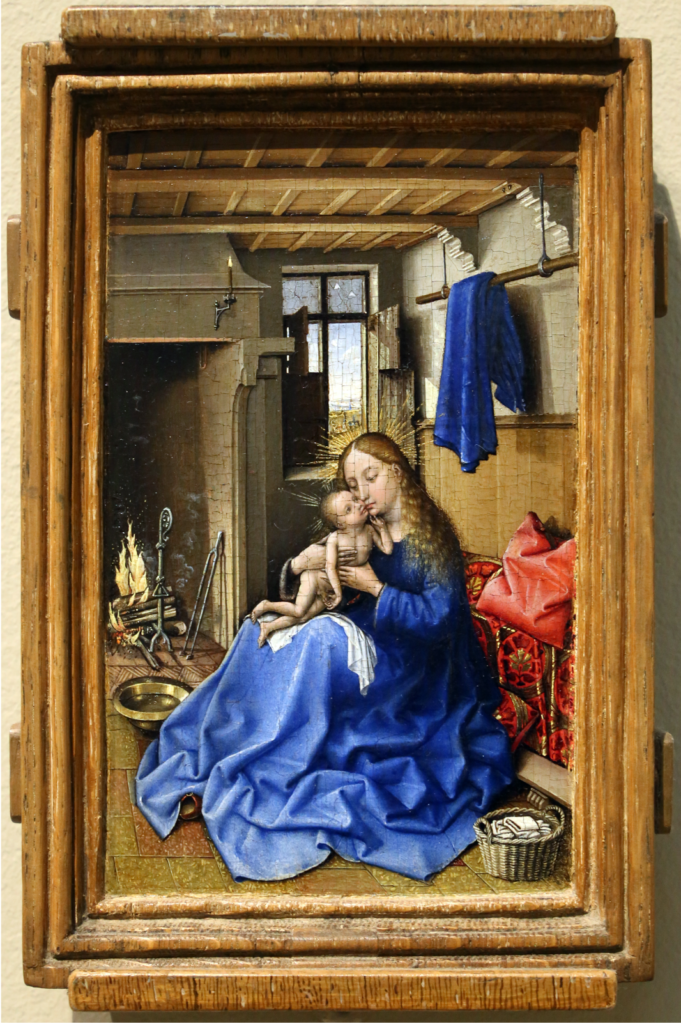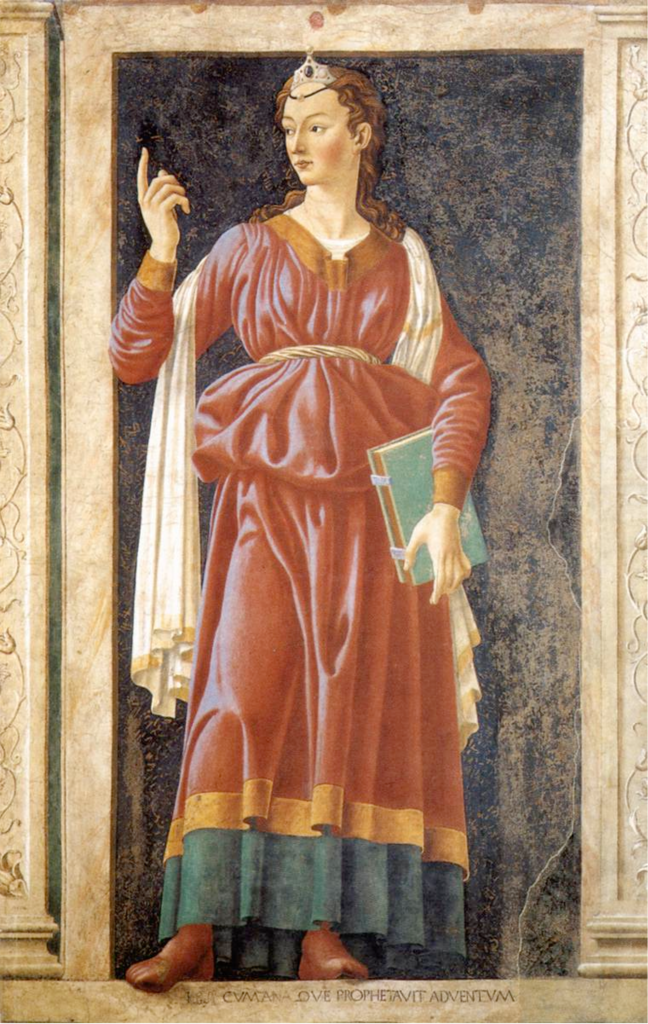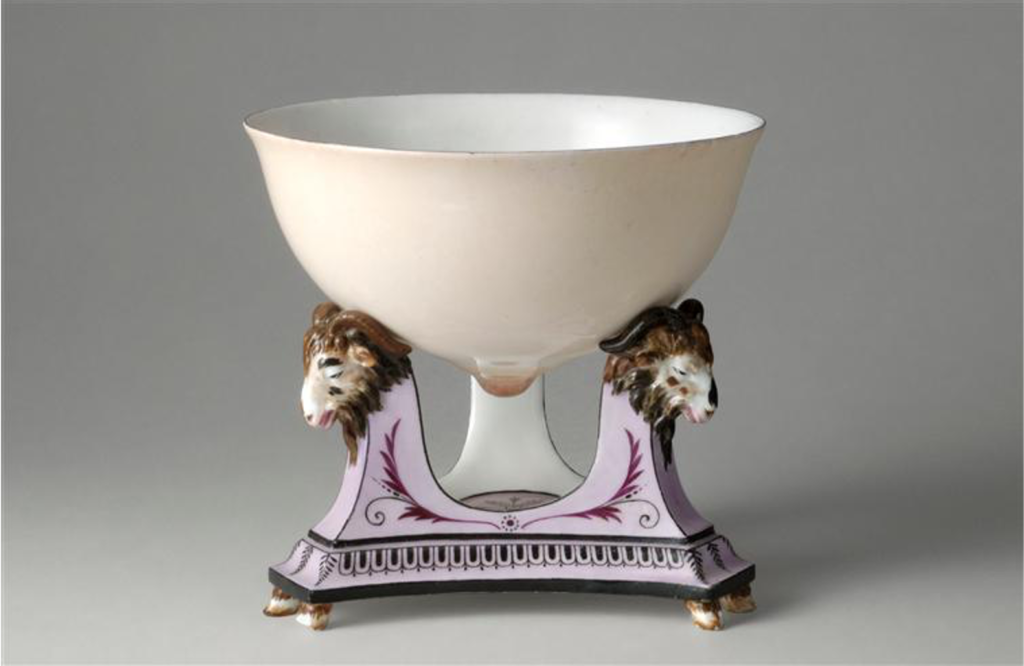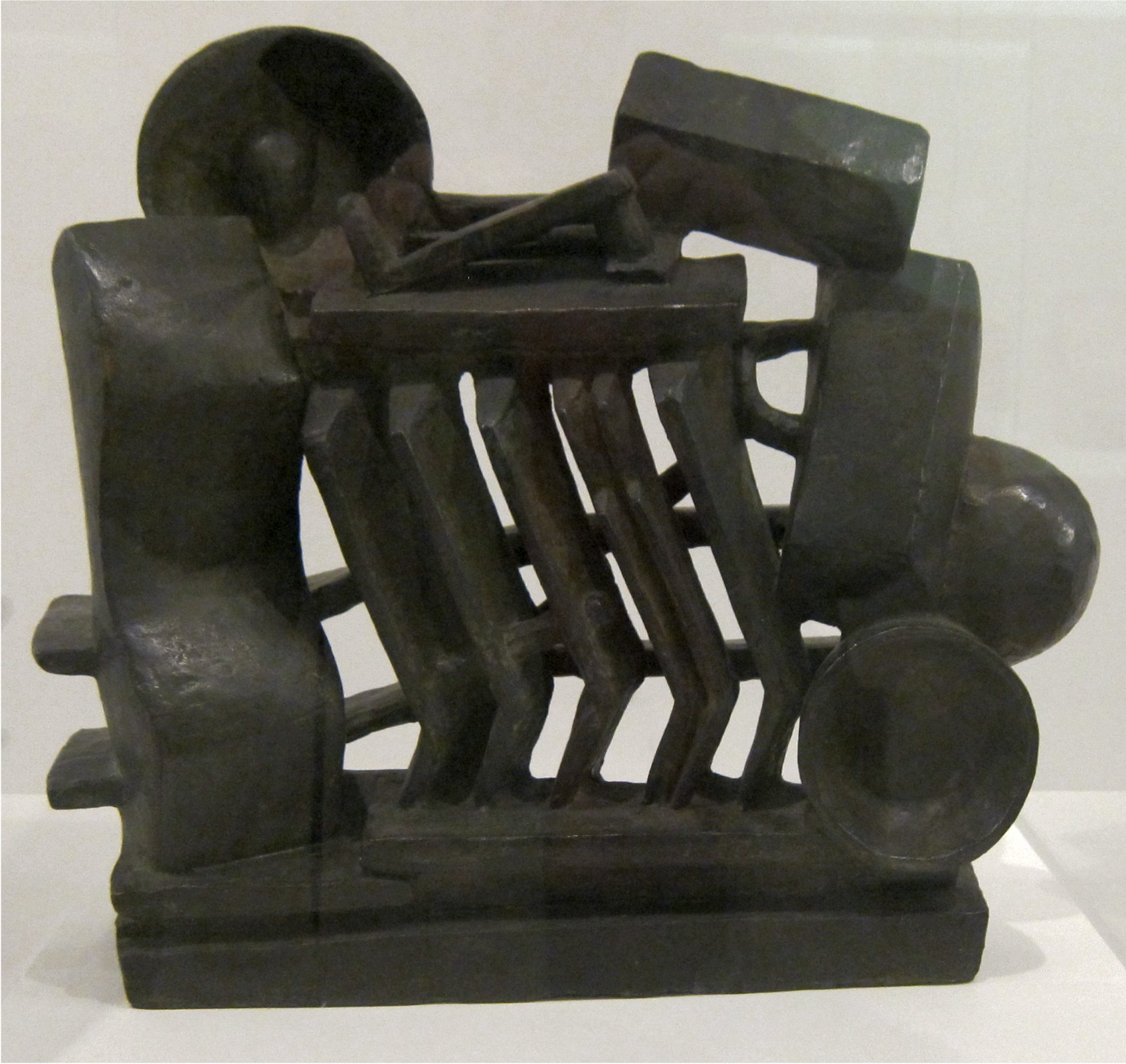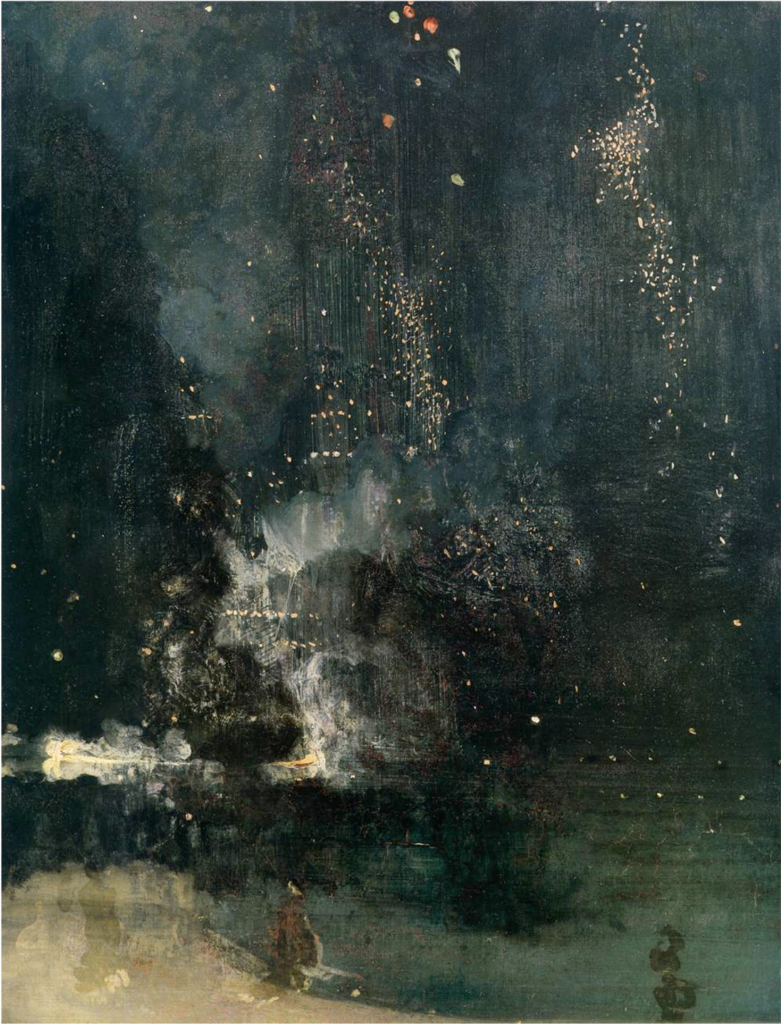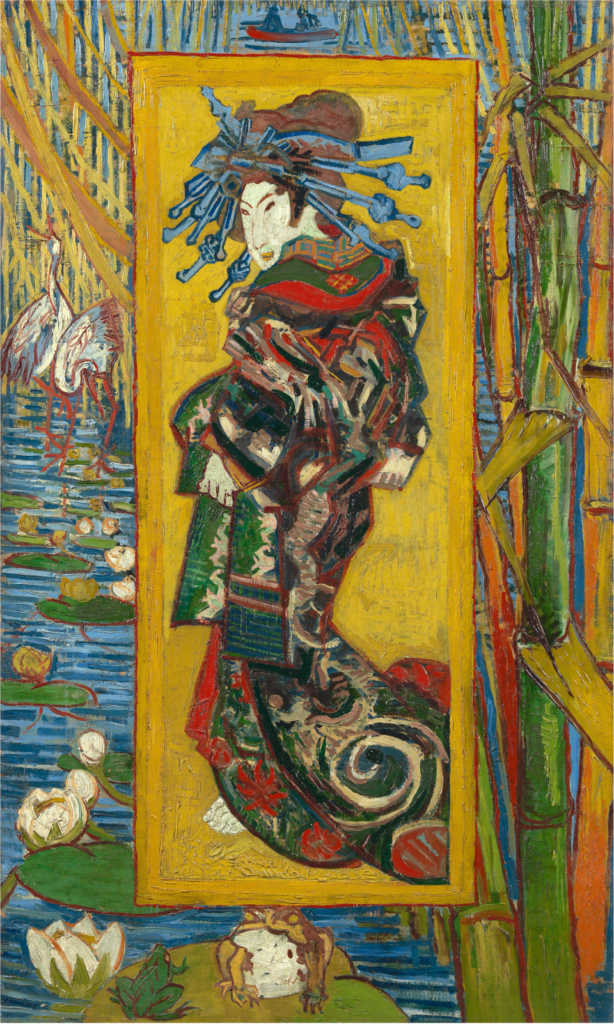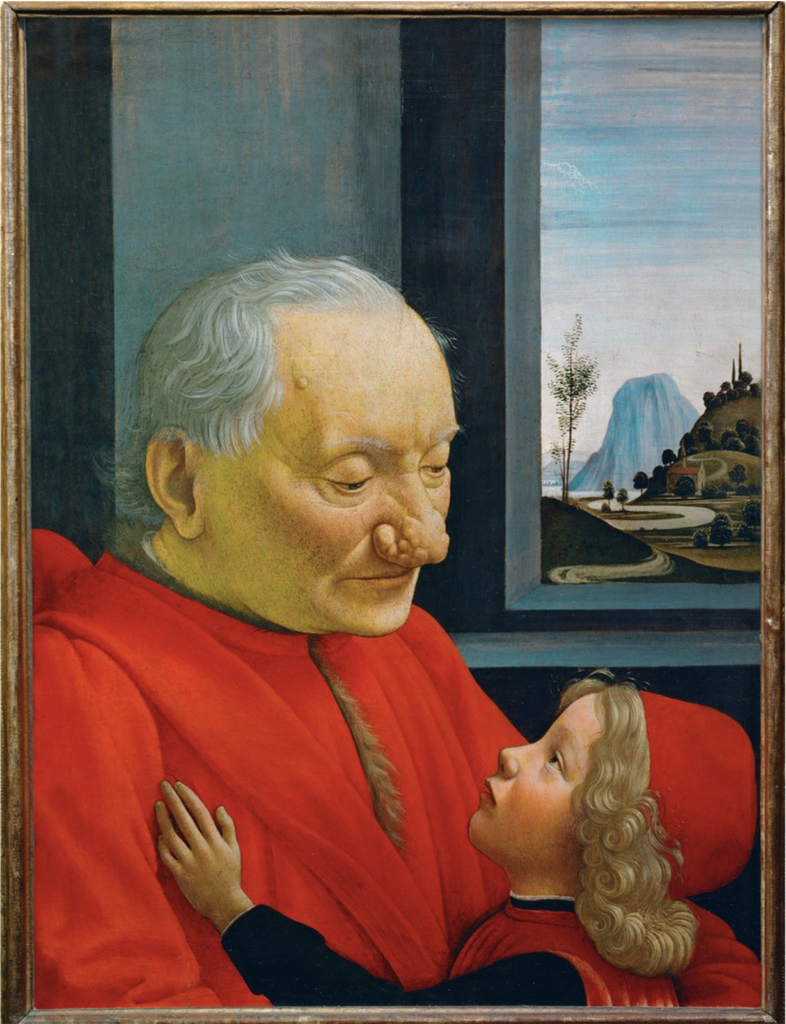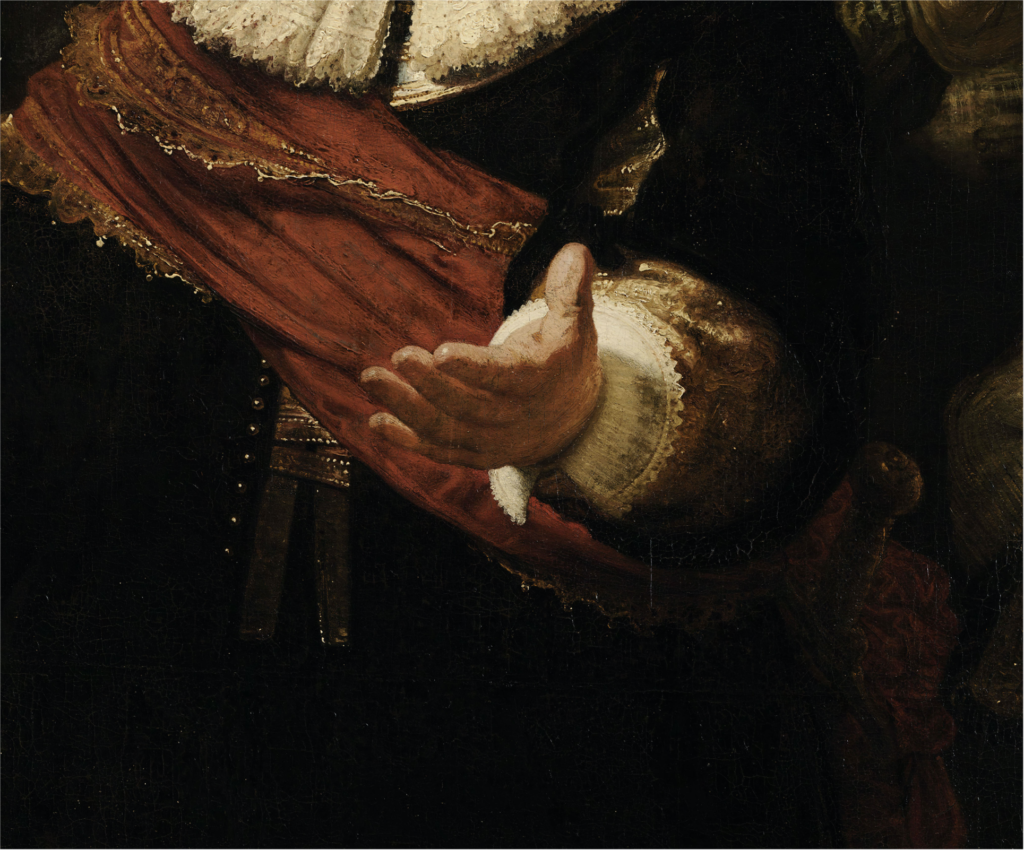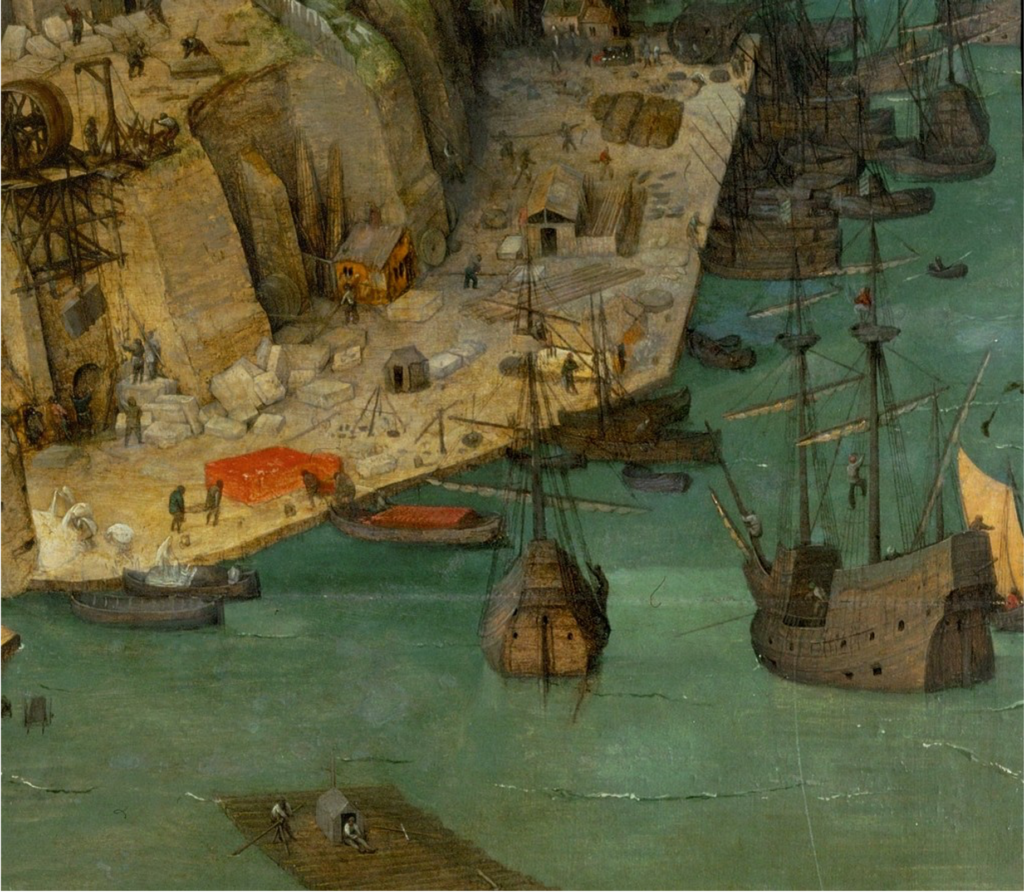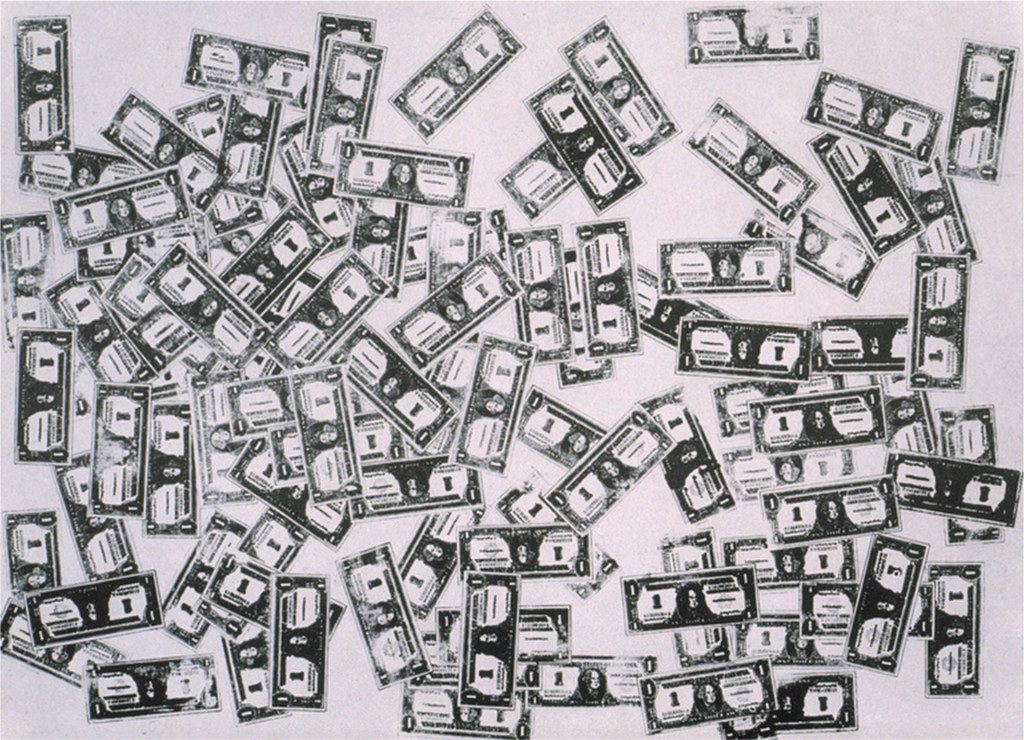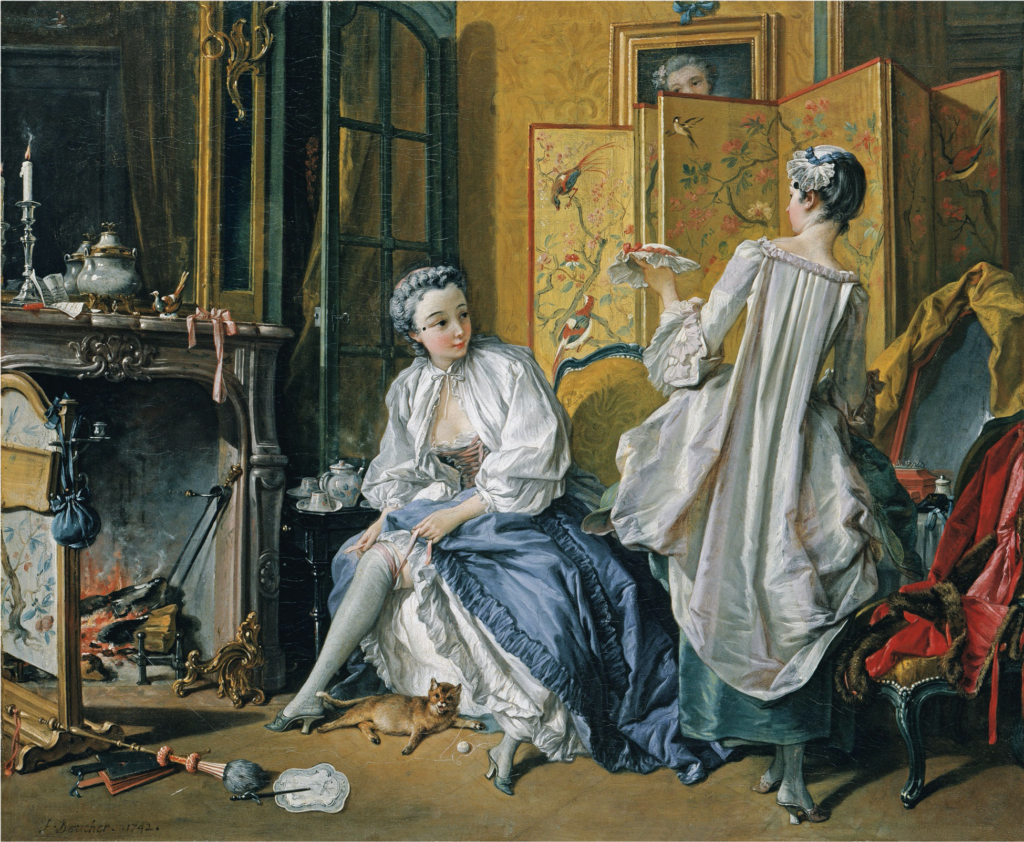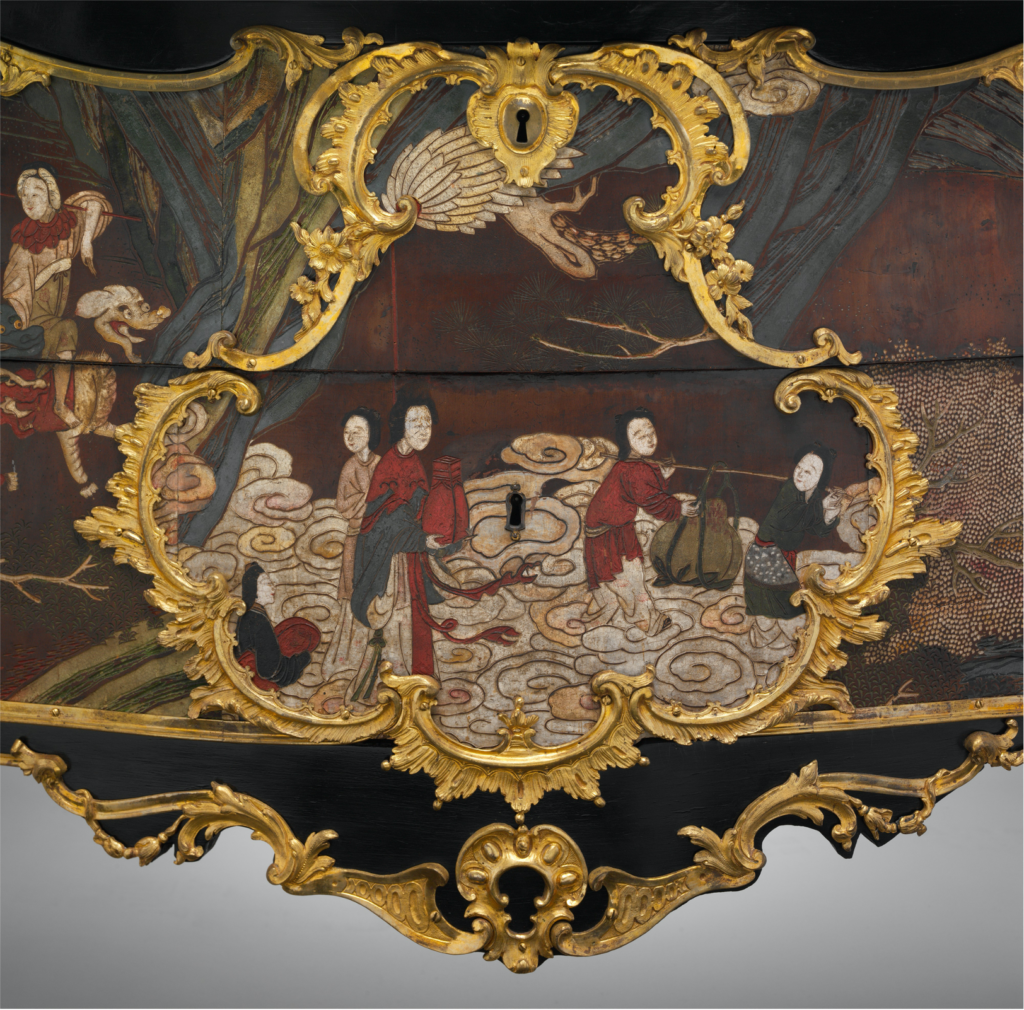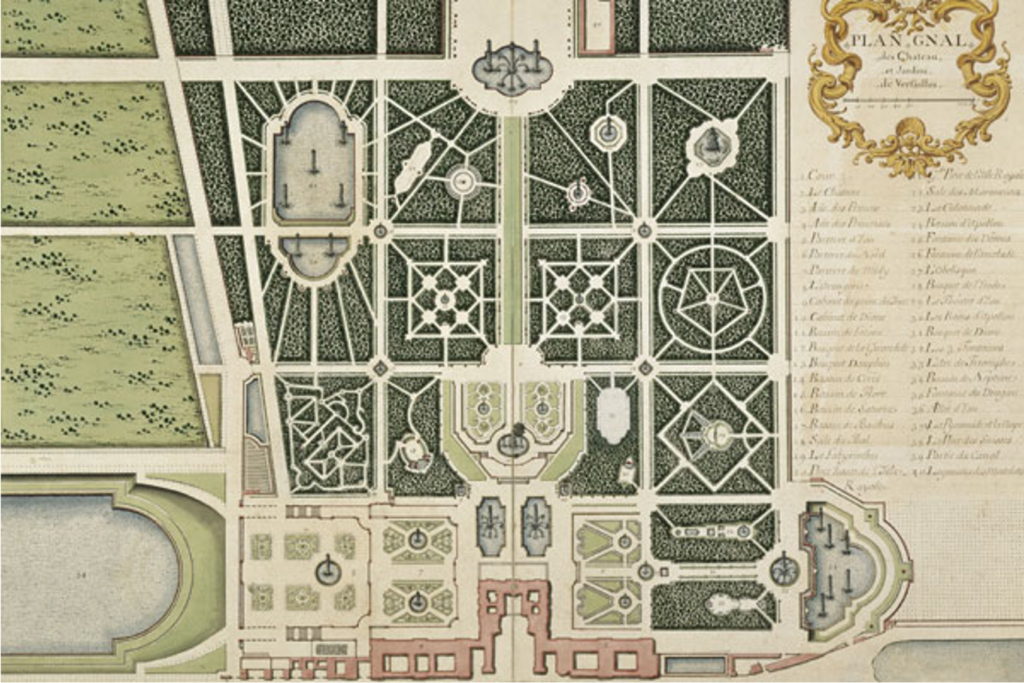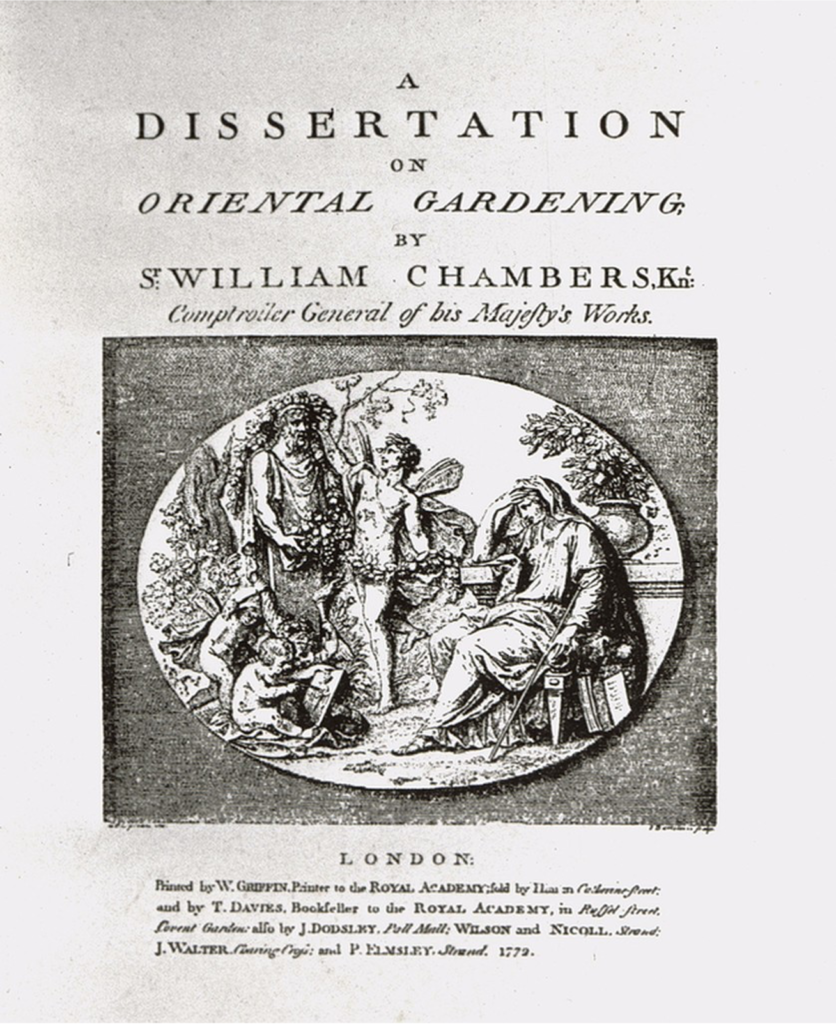How to deal with the passage of time, whether it is perceived as linear , as in birth leading toward death, or circular, offering the possibility of a rebirth .
If it die .. Today, one cannot be spared from examining how time passes by, in a world where one is becoming increasingly aware of the accelerating economy and technology, moving toward a circular and resilient economy becomes a necessity. Transformation and recycling (in its broadest sense) would make possible a life that is no longer doomed to self destruction, whether it be an object, a process, an organization …
How to identify our moment of opportunity? How to have the courage to form a long-term vision while the world is being consumed by the “tragedy of the horizon” as analyzed by Marc Carney?
What makes for a good leader? In turbulent times, works of art from around the world offer surprising and inspiring clues to think out of the box.
How are women leaders represented in paintings and statues ? What has changed – or perhaps has not changed – about this representation from ancient times to the modern era ?
How to deal with the responsibility of welcoming difference and otherness? Exploring art provides new ways to be more inclusive, respectful of each and every human being.
What is feminine, what is masculine ? How does art deal with gender and gender fluidity and help us unnderstand contemporary societies ?
Maître des Heures de Henri II
François Ier en déité composite
Allégorie en divinités antiques
1550
Enluminure sur double feuille de parchemin collée sur un panneau de chêne. Hauteur : 234 mm ; largeur : 134 mm
BnF, département des Estampes et de la photographie, RÉSERVE NA-255-Objet
© Bibliothèque nationale de France
How to define identity, as a person, as a business, as an entity? “Know thyself”. What makes us unique? However, one is often prone to playing a role on the corporate stage when in charge ; there is always a mask to wear , an institution to embody. How to mastering the dialectic of identity, freedom and leadership responsibility?
Even valuable masterpieces are never completely new. Artists find inspiration in what has come before them, picking from other patterns, shapes, forms, compositions, topics.
How do visual artists solve creative problems, the lack of ideas? Where do they find inspiration? Where can we?
Studying Western art masterpieces gives us the opportunity to examine our feelings about the impossible reconciliation of violence and seduction.
The victim is often seen as the guilty party. Lust, admiration, cruelty: 16th and 17th European paintings show how innocence can be translated into guilt. Will there be justice, and for whom ?
How can art help us in the struggle to overcome burnout? Covid and workplace changes are creating an epidemic of burnout across many fields. Art has a unique role to play in helping to reignite the creative process. By examining how artists work and renew the creative process, we can gain fresh insights into how to cultivate mental well-being in the workplace.
How have the representations of female figures throughout the centuries expressed the ideas of virtue, liberty, nation, kingdom, and eventually the republic ?
Since the celebrated Venus Pudica, who simultaneously covers and attracts attention to her sexuality, how does the gaze of a man inform the female body in art? The breast, for instance, reconciles opposite meanings : erotic and maternal, sacred and secular, source of life or a dried up cspring. Each breast representation in the Renaissance art is rich of many meanings that are layered as in a palimpsest.
Artists find inspiration in a permanent around-the-world voyage oor a journey through time/the past. Let’s observe works of art that are as far apart as we may imagine : Europe and Japan ? What about the artistic exchanges ? Cultural and artistic exchanges usually appear in the wake of commercial trade. What is the relationship between artists and new forms in comparison with what they are accustomed to see ?
Democracy, the market economy, but also families and teams, need trust to function properly, as demonstrated Alain Peyrefitte in his book ”the Trust Society”. The biggest loss of all would be a loss of trust, when people end up thinking that the system does not work for the common good. When trust is central, the lack of trust could be destructive.
Money is at the heart of the relationship between business, shareholders and employees. Dividends, salaries, bonuses — it’s all about money. The stage is set for a difficult reconciliation of opposites: money can be isolating and lead to loss, but it can also unite.
In pre-Revolutionary France, the label « made in China » was synonymous with the most exclusive luxury goods. Works of art shed light on the long history of political and artistic exchange between the Middle Kingdom and Western countries.
A garden is a microcosm, a means of self-expression, revealing an evolving view of the human relationship with nature, as well as divergent national identities.
